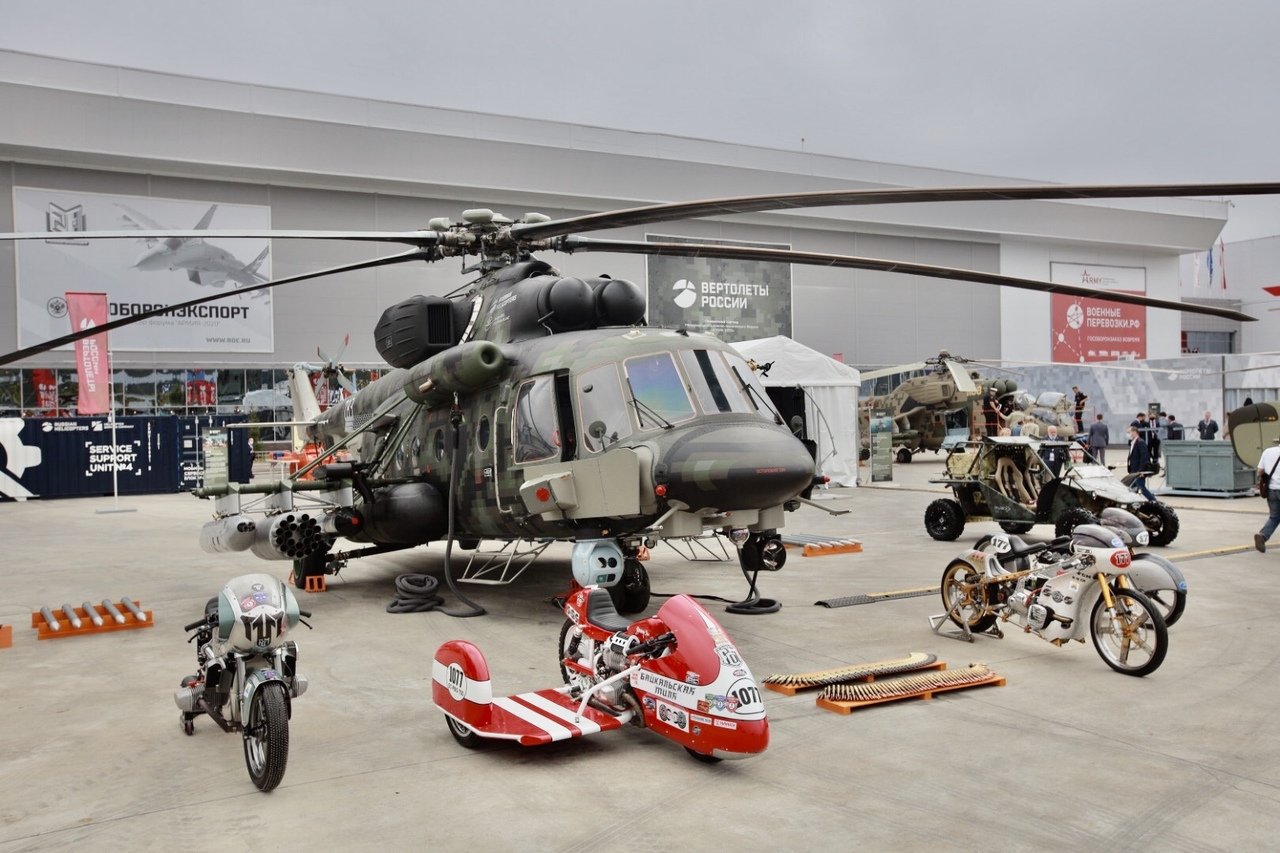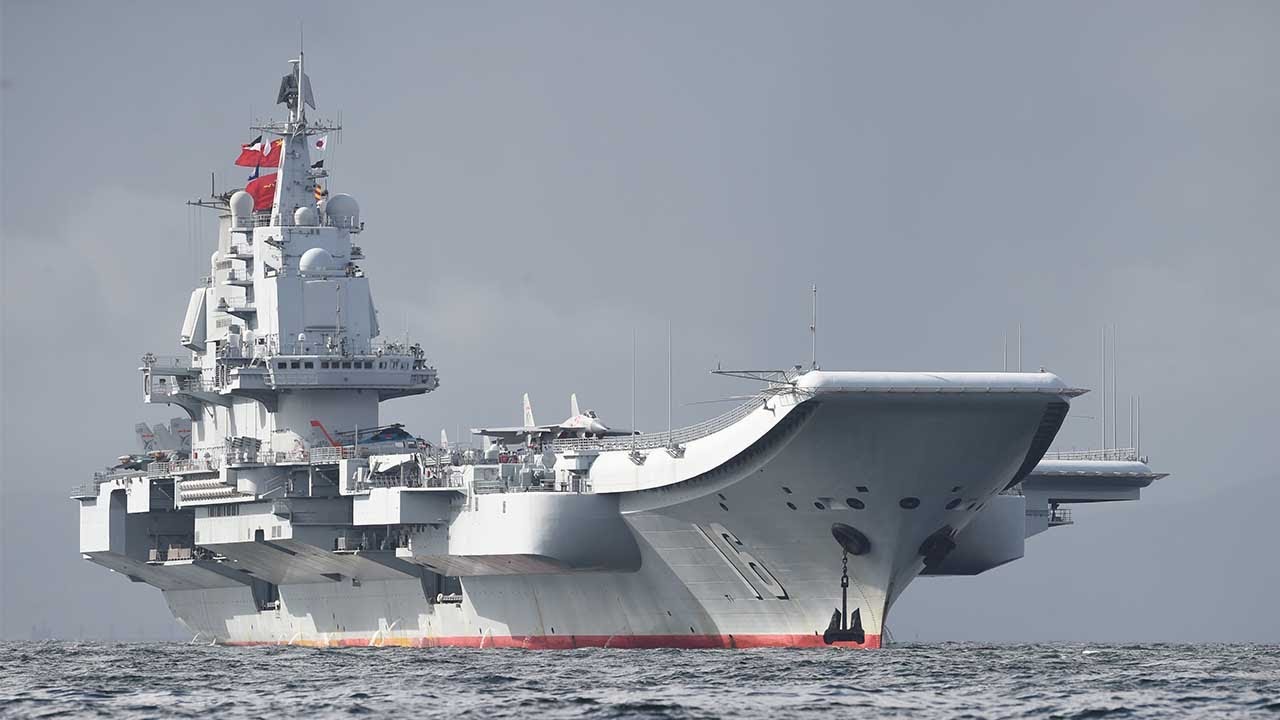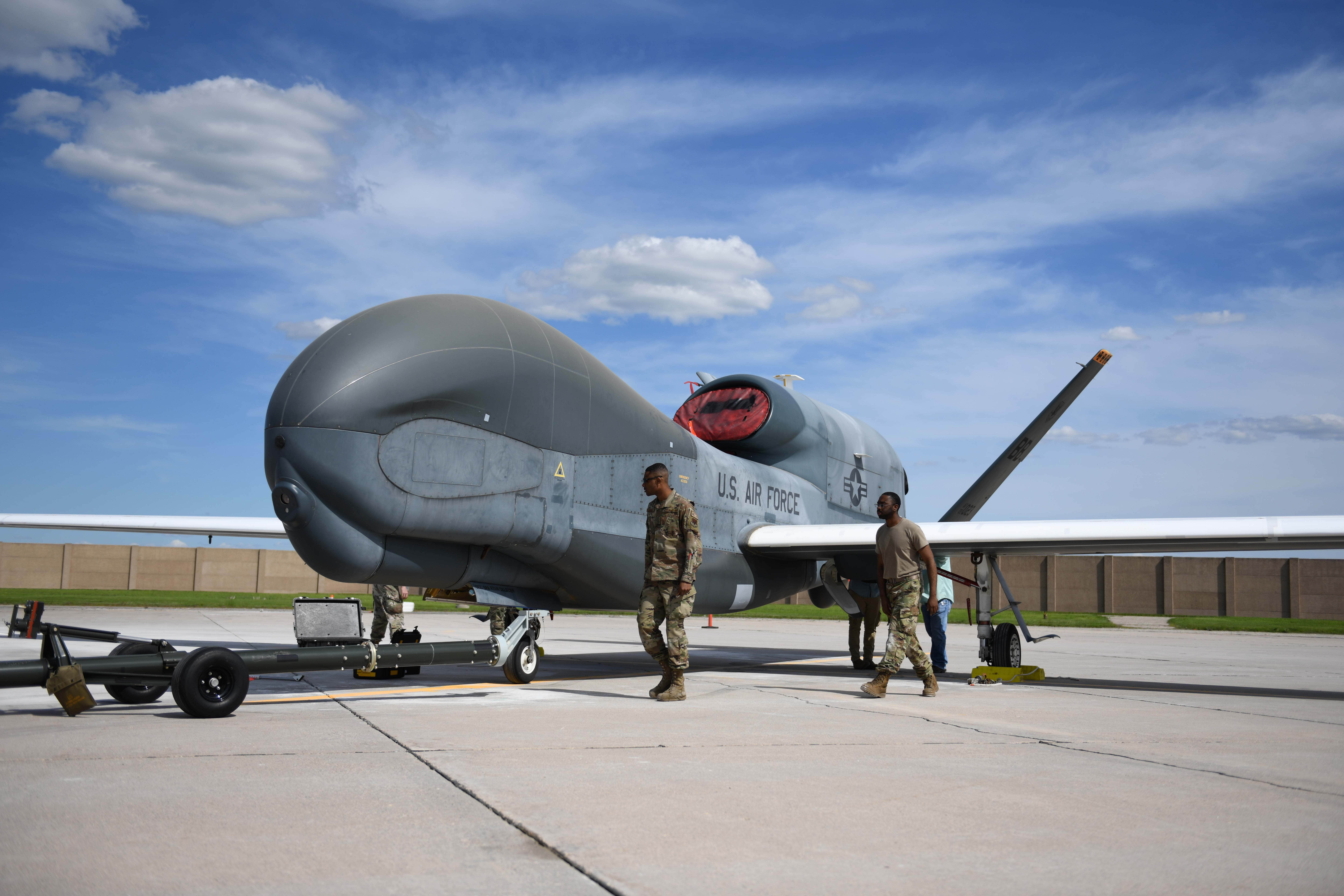I admit, I did not expect to see such impatience with any museum exhibit. And the point is not that T-28 is a peculiar monument of the epoch of the First World War and the foolishness of Tukhachevsky simultaneously. This, in contrast to the heavy multi-turret T-35, tank, which really could fight and fight.
And if T-35 (about which we still talk / see) looks like a monument to engineering insanity, then for some reason I don’t want to talk about T-28 after the first meeting. Just a tank, albeit a rather large one.

By the summer of 1941, the T-28 was considered hopelessly obsolete. I would agree, but only with respect to the multi-turret layout. Yes, if you take the T-34, then it’s like a racing car next to the bus. The T-28 was rather inactive and, accordingly, did not differ in maneuverability.
The same is true of German competitors. The average tank of the Germans of the time Pz.Kpfw III had complete superiority in speed and maneuver. And it was quite natural, compared to him, the T-28 was monstrously long. The ratio L / B (the length of the bearing surface to the gauge width) was 2,04 for him, while for the German 1,2 (for T-34 – 1,5). Namely, this ratio is very important: the smaller it is, the higher the maneuverability of the combat vehicle.
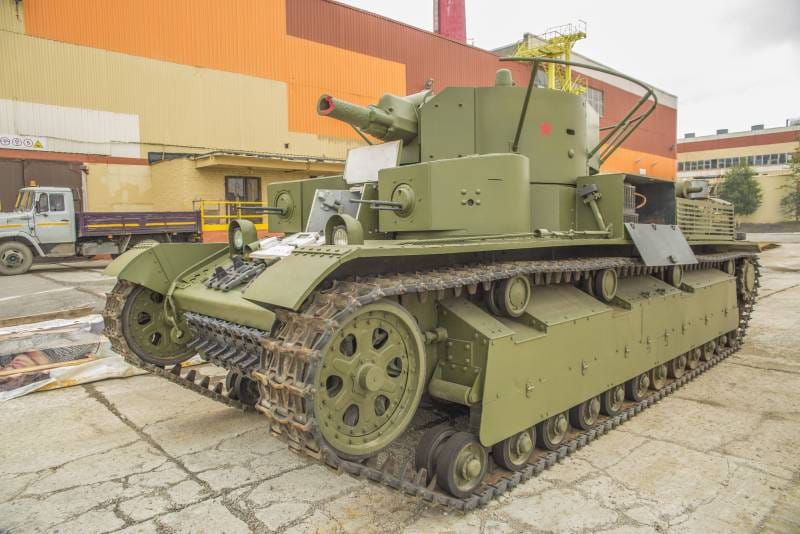
But in terms of armor and weapons, the T-28 could say “Hello!” any German middle tankexcept, perhaps, Panthers. The L-10 cannon (as, incidentally, the KT-28) could quite normally hit Wehrmacht tanks from a safe distance.
This leads to strange conclusions. If T-28 was so good (and he was not bad, believe me), and this is not just my opinion, then what’s the problem? Why did the T-28 career end in the first months of the war?

First of all, if you carefully consider the T-28, then you need to do it within the general context. At that time, in the tank units of the Red Army there were no detached units equipped with medium tanks. Medium tanks were considered as a method of strengthening conventional tank units, nothing more.
And by June 1941, if we take specifically, in addition to the incomplete material part that had taken place, the tank units were a rather creepy cocktail from different types of machines, both new and old.
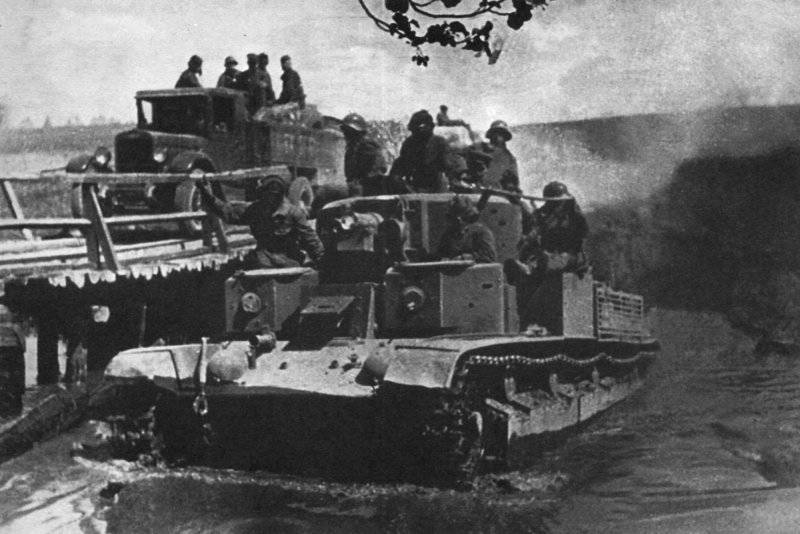
As an example, we can take the 6 tank regiment of the 3 tank division described in different sources, which had one battalion on T-28, another on BT-7, and the third on T-26. And somewhere instead of T-28 there could be KV-2 or T-34.
What is the point? And the bottom line is that when you receive a combat mission, starting with 22.06.1941, leapfrog began. BT-7 and T-34 went ahead, the rest fell behind. The authorities screamed and demanded promptness, the mechanics burned down the engines and tore up the boxes.
Next, open the albums of the 1941 summer photos of the year and see tanks abandoned on the roadsides. Mass and almost no traces of third-party exposure.
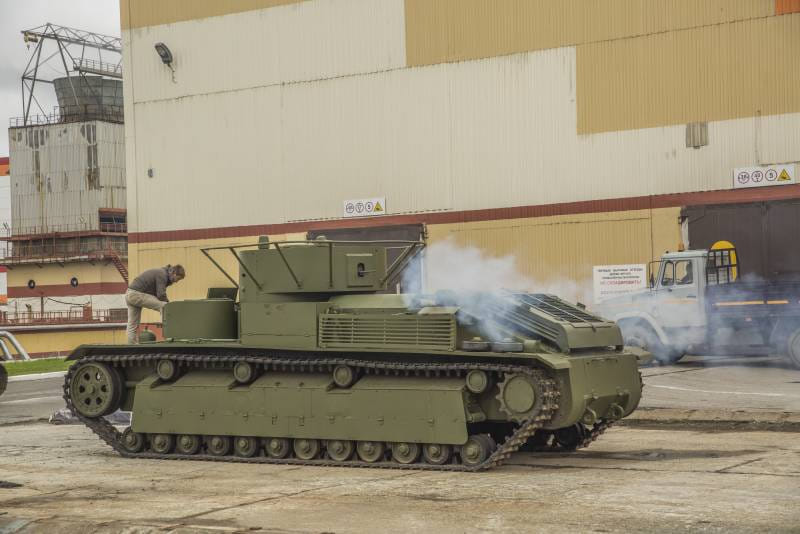
Plus the already mentioned slowness and size of the T-28. And the air supremacy of the Luftwaffe. Could the Ju-87 dive-bomber, who was famous for his accuracy, plant a bomb in a hefty, slow, and not very armored target? Of course he could. What the Luftwaffe pilots did.
I believe that there was another frankly … sabotage, perhaps, postulate. This is the Battle Rules of the Red Army Armored Forces. This document provided only one type of battle – attack.
Here tankers 1941, and attacked, without changing the oath and military duty. They attacked, often carrying out a meaningless order that did not correspond to the situation, under the bombs and the targeted artillery fire of the enemy.
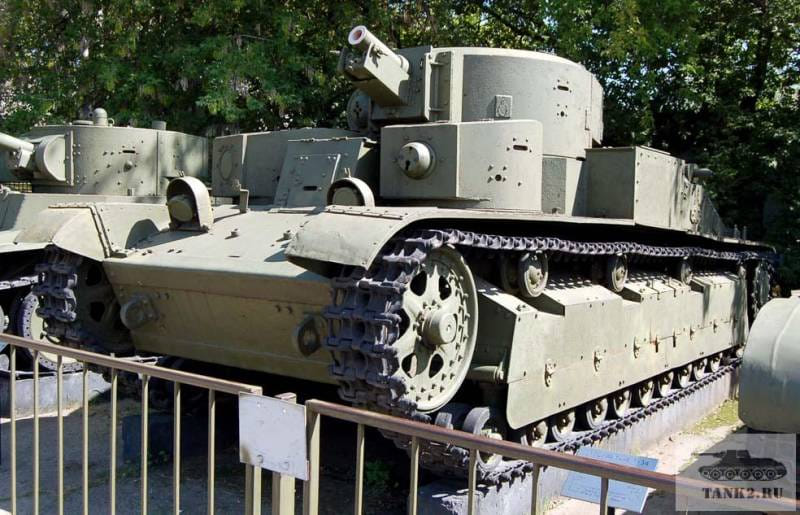
Someone will be surprised that out of the 503 machines produced, three have survived to this day?
By the way, the copy, near which we managed to visit, was put into operation of the monuments recently? This tank was used as a bunker on the Karelian front, and there it slowly rusted. However, it was taken out and brought to Verkhnyaya Pyshma, where it was restored to a running state.
True, we can’t please us with a picture of demonstrating the T-28 running capabilities, unfortunately. The tank stood and rattled on warming up, but suddenly stalled and refused to start. Well what can I say … grandfather freaked out. It happens.
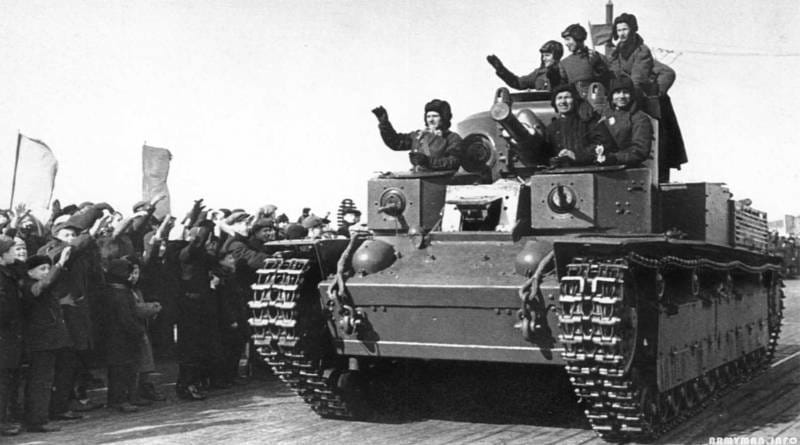
“Proof” that the tank may still be. But – moody, there is little
In addition to this tank, there is also a model of a T-28 tank with a KT-28 cannon in the Central Museum of the Armed Forces in Moscow and a T-28E with reinforced armor, with an A-10 cannon in the Tank Museum in Parola in Finland.
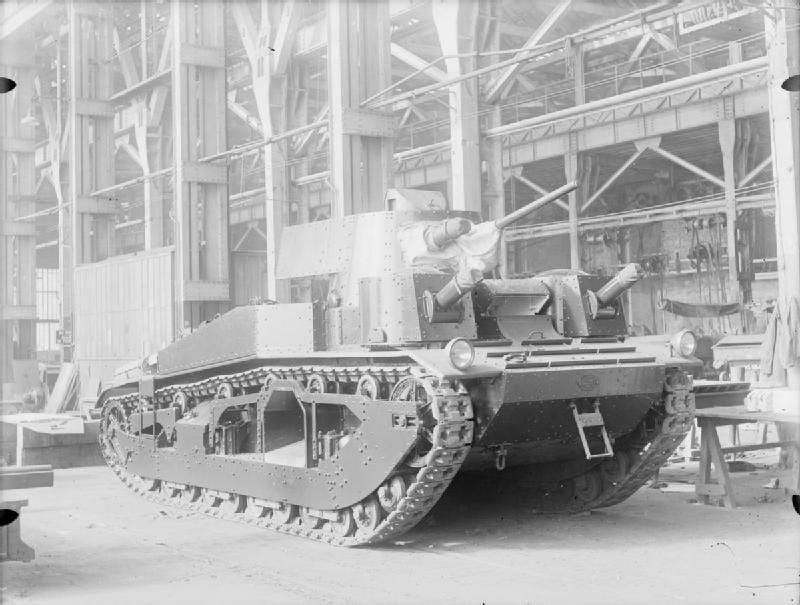
T-28 from the Moscow Museum of the Armed Forces. Well, not very compared with Pyshminsky
Let’s talk about stories creation.
T-28 – the first Soviet medium tank mass production. Developed in 1930-1932 by tanker-tractor design bureau engineers, under the guidance of S. A. Ginzburg.
He took part in the Polish campaign, the Soviet-Finnish war and in the initial period of the Great Patriotic War.
The majority of the vehicles were lost in June-July, 1941, but on the Leningrad and Karelian front, tanks were used until the 1944 year. The last combat use of the T-28 by parts of the Red Army was fixed in 1944.
And the history of T-28 began in 1930, when the Soviet purchasing commission headed by S. A. Ginzburg arrived in the UK, whose task was to acquire the most modern models of armored vehicles and send them to the USSR to study and use in organizing their own armored production.
Ours were very interested in the Vickers medium tank A6, better known as the Vickers 16-ton.
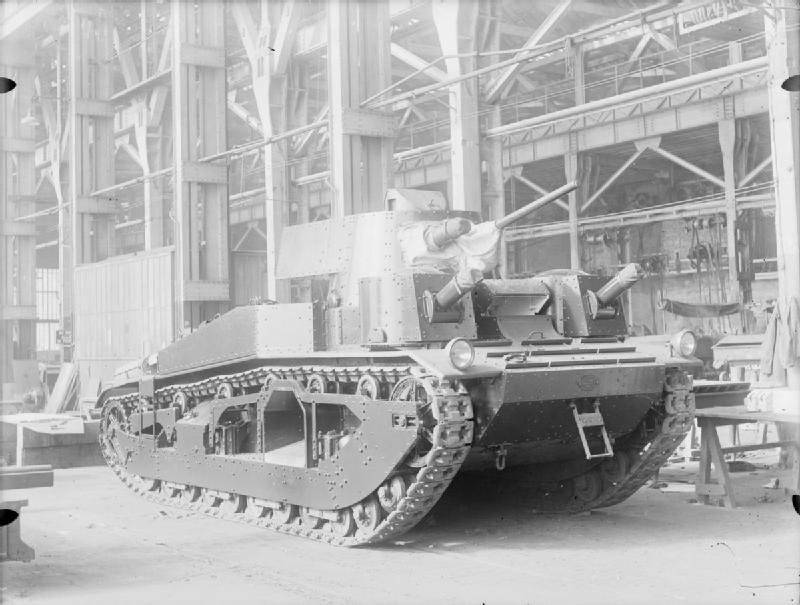
However, the Vikkers firm refused to sell the finished tank sample due to its secrecy and put forward to the Soviet side not the most convenient conditions for the acquisition.
1. One-time payment in the amount of 20 000 pounds sterling (about 200 000 rubles in gold) for familiarization with the design and development of tanks of this type.
2. The order from the firm “Vikkers” 10 tanks of this type at the price of 16 thousand pounds sterling (160 thousand rubles in gold) for a tank without weapons.
The search (from our point of view) was obvious, so it was decided to send the British to the devil, and build a new tank based on the information already received about the Vickers A6.
The project of the new tank was made by the VOAO design bureau, the main developers of which were the head of the bureau S. Ginzburg, his deputy V. Zaslavsky and design engineers O. Ivanov and A. Gakkel.
The design of the tank was used as the data obtained in the study of A6, and the experience gained by the designers during the Soviet-German cooperation of the early 1930-s (in particular, the development of the TG tank and testing of German tanks at the Kazan landfill).
By the way, the idea of multi-turret tanks was not only in British and Soviet heads.
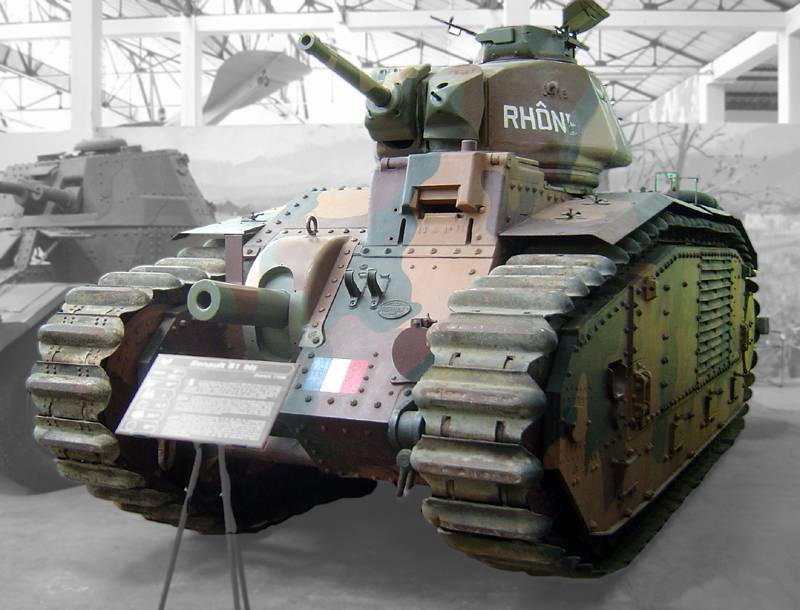
German and French brothers T-28.
According to the project, the tank should have a weight of about 16 tons and carry weapons from 45-mm cannons and machine guns in the main turret and two more machine guns – in small ones. Reservation of the tank should have been 20 mm in the frontal part of the hull and 16 — 17 mm on the remaining vertical surfaces, the thickness of the armor plates of the roof — 10 mm, the bottoms — 8 mm.
As the power plant was selected aviation 5 liter M-400 engine with., already installed on BT-2 tanks. It was supposed to widely use other components and constructive solutions of BT-2 and T-26s already in production.
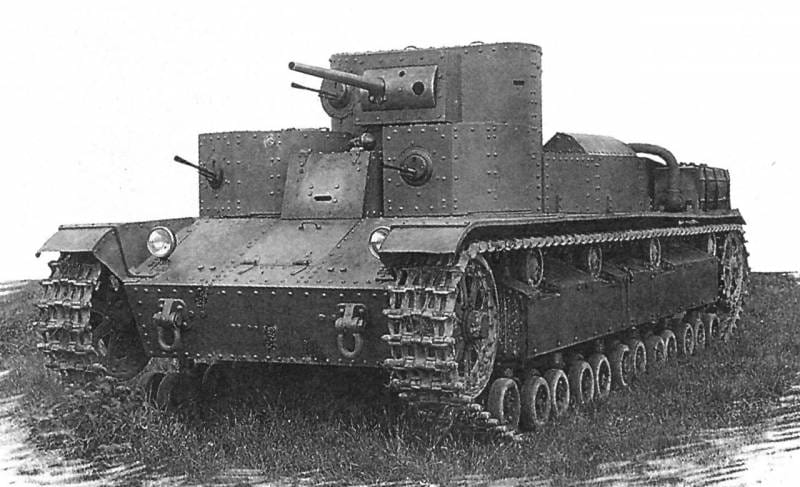
Prototype T-28
Production was organized at the Leningrad plant “Red Putilovets.” It is worth focusing on this moment. T-28 as an object of mass production was a very complex machine, and the “Red Putilovets” had sufficient production capacities and qualified personnel to master its production.
However, problems almost immediately began. The equipment of the MX-2 workshop, dedicated to the production of the T-28, was heavily worn out and poorly adapted for the manufacture of parts for tanks that required high production standards. To overcome this problem, machine tools from the time of the First World War were re-boiled, modernized and put into operation, moreover, machines were brought to the factory from other Leningrad factories.
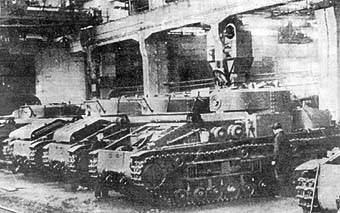
The organization of the production of T-28 was personally supervised by S. M. Kirov.
The first batch of 12 tanks was ready for April 1933 of the year, and already 1 of May 10 of them were part of the parade on Red Square in Moscow.
True, these tanks were taken conditionally, as in general, they were running models. They were not weapons, optical sights, external and internal communication devices, a lot more. So after the parade, the tanks went back to the factory.
The serial production of the tank was carried out for eight years, from 1933 to 1940.
The tank body is box-shaped, fully welded (from homogeneous armor) or riveted-welded (from cemented armor). Riveted-welded hulls had tanks for the end of the 1936 — the beginnings of 1938 and 1939 — 1940; in the remaining years, tanks with fully welded hulls were produced.
Functionally, the corps was divided into four sections: control, combat, power, and power transmission. The fighting compartment was fenced off from the engine partition with a hatch for access to the engine.
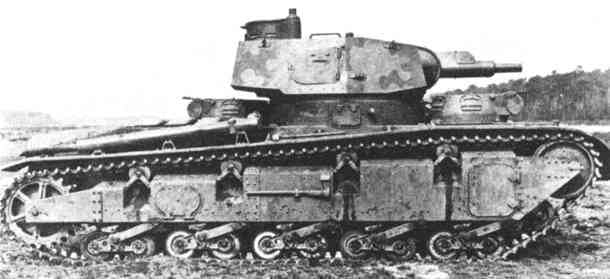
The vertical walls of the upper part of the driver’s cab were welded to the front inclined sheet between the machine-gun turrets. In front, the cabin was covered by a folding armored door with a flap opening upwards. The hatch had an inspection slot closed with triplex. Above the cabin was closed by another hatch, facilitating the landing of the driver. During the Winter War, the front door of the driver was reinforced with additional 20-mm armor plates on the part of the tanks, and the fence around the cockpit itself was welded, protecting the door from being jammed by fragments of shells during shelling.
On the outside of the hull, on both sides of the fighting compartment, there were boxes for smoke exhaust devices. On tanks of different years of release, the boxes differed in configuration. There were two round openings in the sides of the hull for access to smoke extraction devices from inside the crew compartment.
Like the hull, the main tower was produced in two types – welded and riveted-welded. By design, the main tower was identical to the main tower of the heavy tank T-35.
The tower had an elliptical shape with a developed feed niche and was assembled from rolled armor plates with a thickness of 15 — 20 mm. The roof of the tower was reinforced with stiffeners, made in the form of stampings in the form of a large star and two strips with rounded edges.
Initially, there was one rectangular hatch in the roof of the tower, which in 1936 was replaced by two – the gunner’s round hatch with the anti-aircraft turret installed and the commander’s rectangular hatch. In the front part of the tower roof there were two openings for periscopic devices protected by armored caps, in the back part to the right there was an antenna entry hole.

Outside the tower on the sides of the eight brackets mounted handrail antenna. On the right and left walls of the tower there were viewing slots closed by triplexes, and beneath them – embrasures for firing from personal weapons, closed with armored fenders.
For the convenience of the crew, the main tower was equipped with a suspended floor, raised above the bottom of the hull and fixed to the tower chase with four brackets. It is possible to penetrate from the point of mechvod, at a certain angle of rotation of the tower. I, frankly, not climbed.
To the right and left of the cannon, there were high seats for the commander and the gunner (respectively), each with rotating drum-type ammunition on 6 projectiles on their racks. Between the seats with a shift to the front of the turret, a rack was mounted on 8 shells (on tanks of the first series – on 12 shells) and six magazines for machine guns. On the rear rack of the suspended floor, a hinged fastened is a folding seat of a radio operator (he is also a loader).
The tower had a circular rotation. The mechanism of rotation of the tower was equipped with electric and manual drives.
Small machine gun turrets were also identical in design to the T-35 machine-gun turrets (the only difference is the absence of rings in the T-28 turrets of rings).
Both towers were identical in their design, round, with a protrusion in the front for a ball machine gun installation, and differed only in the placement of viewing slots and embrasures for firing personal weapons. The towers were armed with a single DT machine gun. The drive rotation of the tower – manual. Each tower could rotate from the stop into the cabin wall of the driver until it stops into the tank hull wall, while the horizontal angle of the machine gun firing was 165 °. The shooter was placed on a swivel seat of adjustable height mounted on the bottom of the case. For the landing of the shooter in the roof of the tower there was one large hatch of a rectangular shape with rounding at the top.
Honestly, the small towers made a painful impression on me. For some reason, they are separated by an armor sheet from the combat compartment, and it turns out that the arrows are left to themselves in battle. Yes, theoretically, the tank has a communication system between the crew, but let’s honestly admit where the connection in the Red Army was in 1932. Yes, it was not at all.
Place the driver. no frills and luxury, but even such a boar, as the author, was able to fit there quite normally.
